4 more ways to get 100M views with Faceless TikTok Marketing
for you app. With examples and how to tutorials.
We’ve covered 4 faceless formats doing millions of views in the previous edition. Here is 5 more in this one.
AI Animations

AI animations come and go as new models emerge. If you can stay on top of the latest models and possibilities, you can create content that is original enough and different enough to be distributed.
But the most important thing isn’t whether the animation is AI-generated or not. It’s the story behind it and the target audience. If the story is strong and the target is right, it should work well.
In terms of conversion, it’s generally low, but with enough volume, it can become a viable channel.
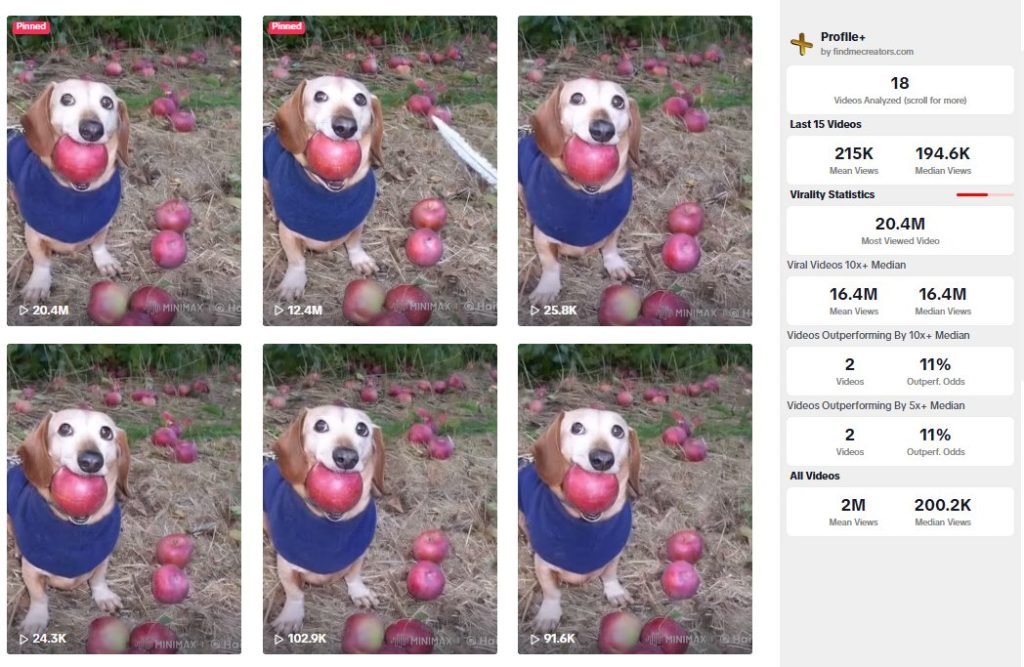
The Apple Dog is another example of a meme combined with AI animation that has consistently performed well.
How to do them
Find the latest AI models and master the art of prompting. The great thing is that every prompt variation gives you a slightly different output. This means you can take the same storyline and generate dozens of unique videos just by tweaking your prompts.
AI Avatars
HeyGen, the first truly good AI avatar generator, started a trend of accounts using their avatars in various creative ways.
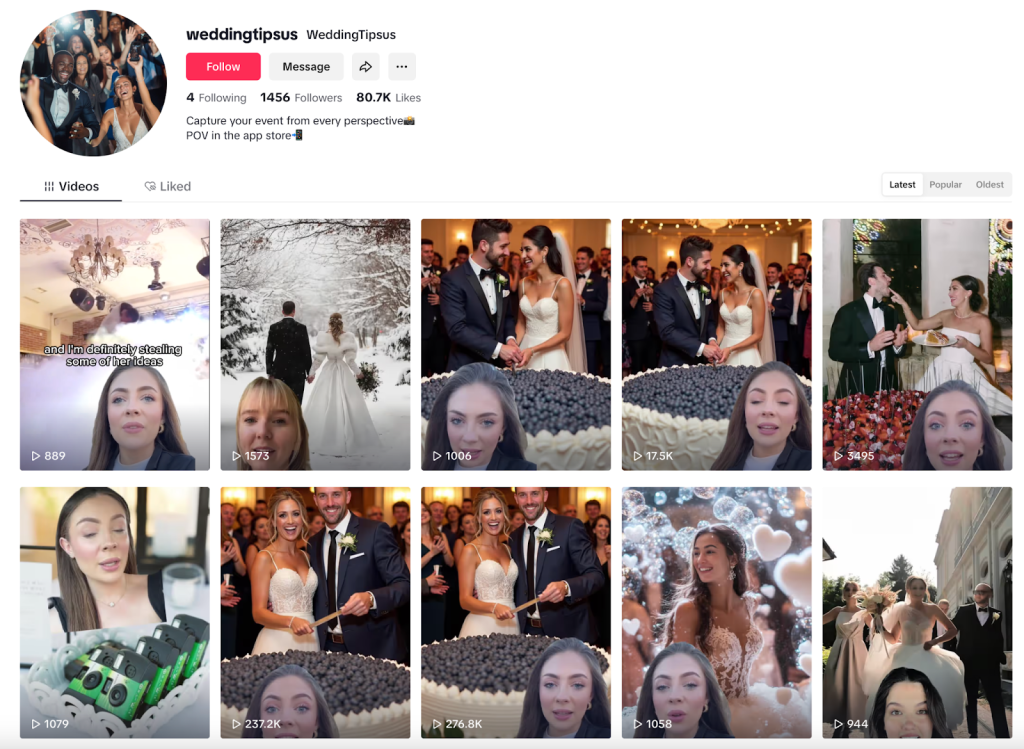
Look at this account, they use HeyGen avatars to tell related stories while seamlessly plugging their product at the end.
They’re not the only ones doing this. Dozens of e-commerce pages now run on similar strategies. Some promote hair products, while others push random Amazon links, operating more like dropshipping content-driven schemes.
With the right storytelling, this approach can be applied to any niche.
How to do them
It’s a three-layer process.
First, you need to create the stories. These should be done manually at first, at least for the initial ones. Once you have a solid base, you can use an LLM with a well-crafted prompt to generate variations. Start with 4 or 5 storylines and create multiple versions of each.
Next, you have the avatar. Keep in mind that HeyGen’s API costs around $10K per year, so you’ll either need to go through their UI manually, hire a VA to handle the generation, or set up a quick automation using Playwright. There’s also a subtle edit on the avatar that makes it move around the screen to add some dynamism.
Then, you need background images that align with the story. These can be repurposed from Pinterest or other sources, but they have to be mapped correctly so the story flows logically.
Finally, add captions. Done.
It’s a mix of programmatic and manual work, but as you refine your hooks and stories, you can automate more and more of the process.
Phone-to-phone
This is cool. Basically, “phone-to-phone,” as we call it, is a faceless app demo format where you film your phone while walking through a tutorial of the app.
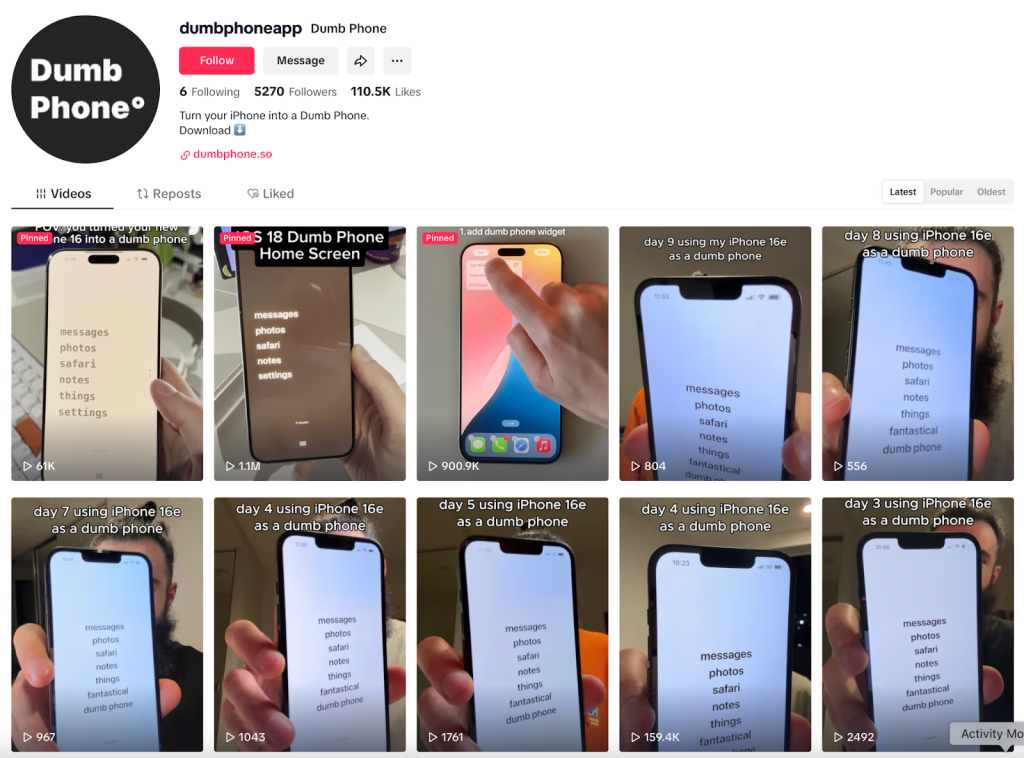
The main advantage of this strategy is that you can film multiple variations back-to-back. It’s easy to scale.
And god knows we love bulk recordings.

Widget apps love this strategy too.
Here’s where the details come in. Faceless is great, but the little things matter—the scenery, the nails holding the phone, the colors, the overall aesthetic.
These videos are usually straightforward tutorials on how the app works, but they don’t feel like tutorials. Instead, they come off as a natural showcase. At some point, the app’s name, icon, or logo will appear—that’s your moment to drop the CTA.
How to do them
These are easy to produce. You’ll need two high-quality iPhones, a phone holder to film the other phone, and you’re set to start recording.
Try filming a dozen variations in each session. Then, edit them well with clean cuts and zooms to enhance the quality.
Scenery
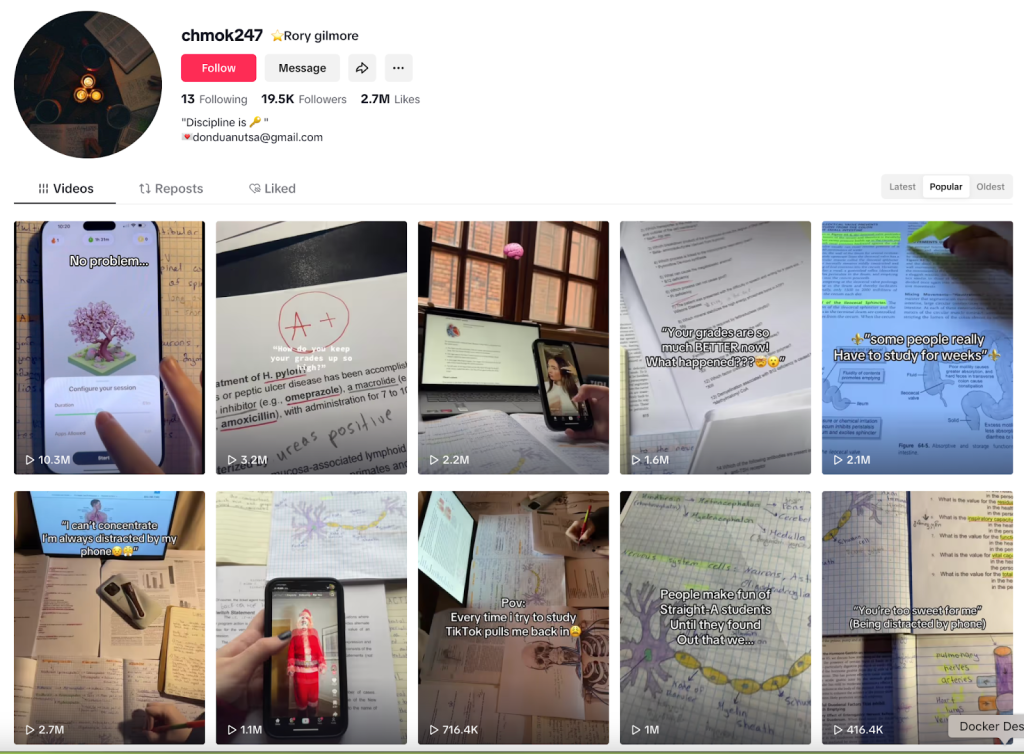
What we call “scenery” faceless videos are highly detailed, often sped-up recordings of something in action.
This format is used repeatedly in the StudyTok niche. In fact, apps like FocusTree are growing almost entirely through these kinds of faceless videos.
For study-related AI tools, this style is absolutely crushing it.
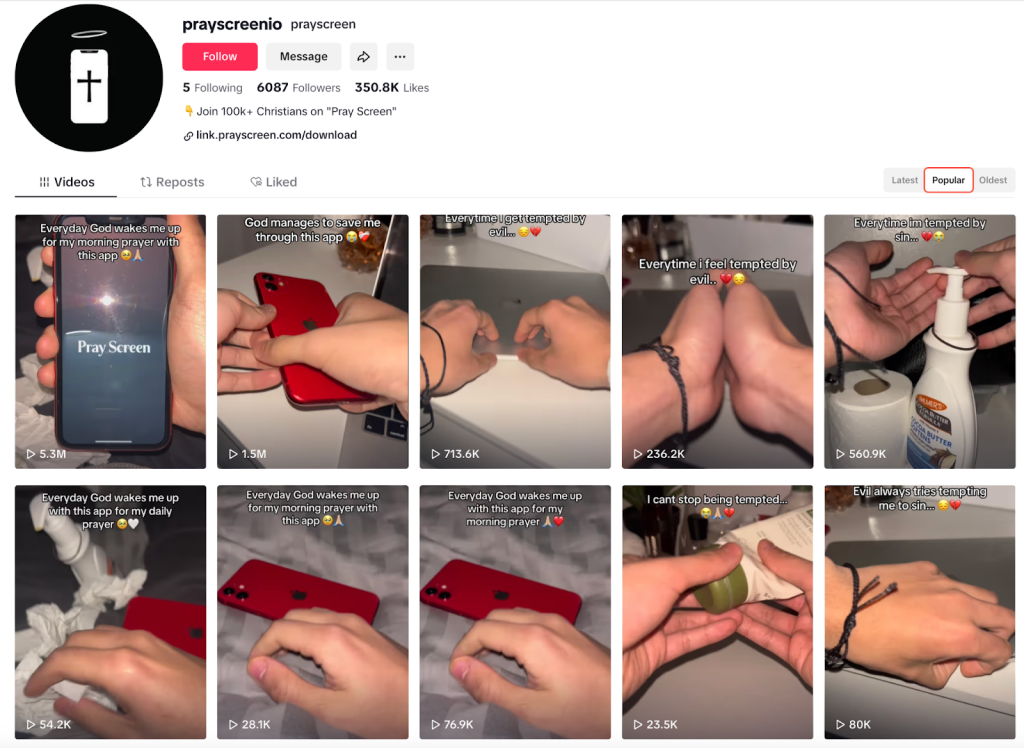
Another app leveraging this is Pray Screen, a Bible app. The scene itself acts as the hook, which then transitions into the app as the solution.
How to do them
Since there’s no face involved, details matter more than people realize. In StudyTok videos, everything from calligraphy to the study setup can impact view retention.
The edits need to be sharp, with multiple angles and well-executed cuts. Aesthetic quality should be maximized.
The big advantage? In a single session, you can record dozens of clips. From there, you can either have creators edit them or send them to an offshore editing team to process the footage before delivering it back to the posters/creators.
Repurposed UGC
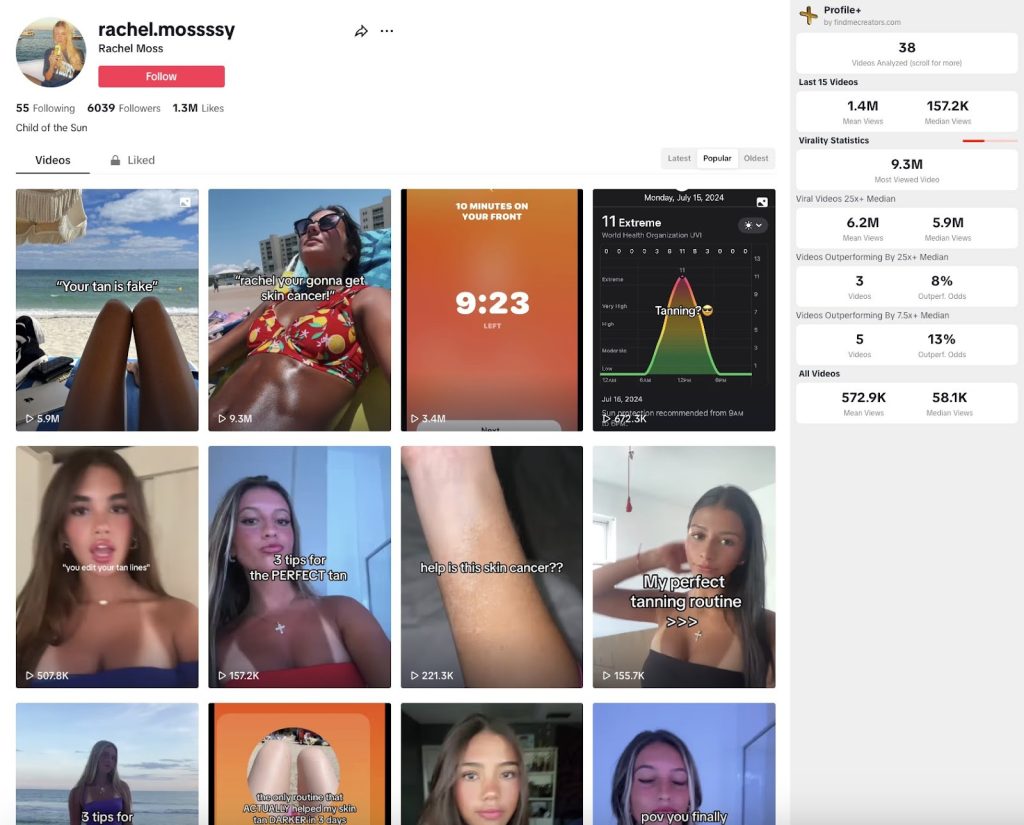
Repurposed UGC involves taking existing caption-less UGC videos and either modifying them to bypass algorithmic duplicate detection or editing them into more complex content, like Rayz does.
This approach helps source high-quality or at least highly targeted footage that can then be repurposed to fit your needs.
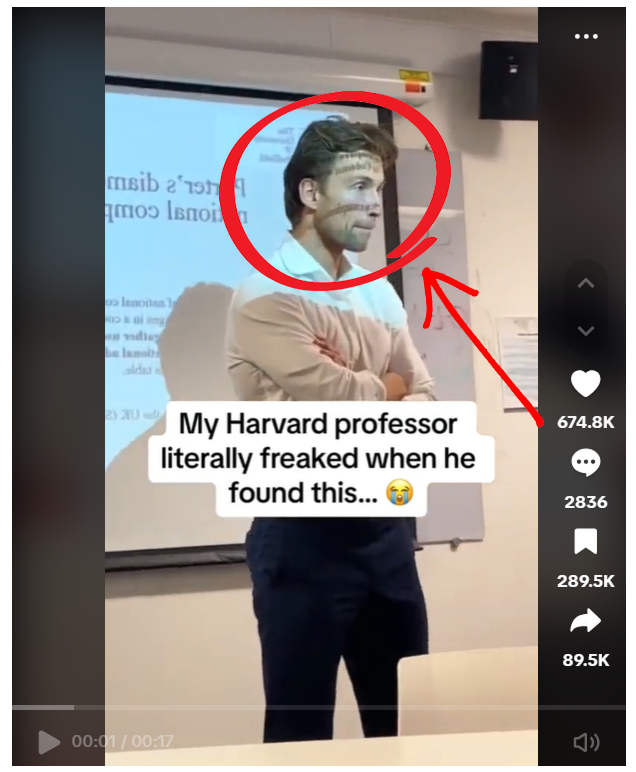
You can also integrate viral clips into your own content, making them feel like they’re part of the same scene. A great example is the hot teacher clip—used and reused by multiple competing AI study tools. They take a few seconds of it, then transition into a laptop scene in an amphitheater. It looks like it’s from the same classroom, but it’s not. That teacher? She’s from another video—or maybe AI-generated altogether.
How to do them
It’s simple: harvest clips online, repurpose them into your own edits, and blend them seamlessly into your content.
—
Now you have 9 different ways to do millions of views with faceless TikTok/Reel marketing.
If you want more inspiration we wrote a breakdown of Cray Cray’s strategy making 100,00,000+ views with 25+ faceless accounts.
And that wraps up this faceless edition.
Until next time,
The Social Growth Engineers Team
Leave a Reply